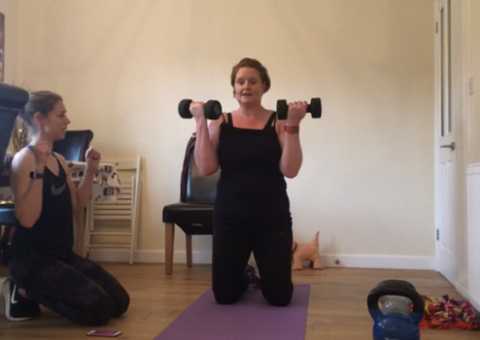THE MENOPAUSE & EXERCISE
THE MENOPAUSE IS A OFTEN A WORD WOMEN FEAR..BUT I AM HERE TO HELP YOU realise thAT REGULAR EXERCISE REALLY CAN HELP
Heading into the perimenopause and menopause can be a difficult time for many women, as the body goes through a number of physical and hormonal changes resulting in changes which are new to us and emotions which can be unfathomable.
However, I am here to tell you there is a solution – regular exercise and physical activity. By staying active or realising you need to become more active really can help alleviate some of the symptoms associated with menopause, such as hot flashes and mood swings, tiredness and depression, body aches and pains.
KEY BENEFITS to staying active
One of the key benefits of exercise during menopause is that it can help to maintain and improve muscle mass, which tends to decline as women age. This is important because muscle mass is closely linked to overall health and fitness, and can help to prevent conditions such as osteoporosis (weakening of your bones) and sarcopenia (muscle wastage).
In addition to helping with muscle mass, regular exercise can also help to reduce the risk of heart disease, which is a common concern for women during menopause. This is because physical activity can help to lower cholesterol levels and blood pressure, as well as improve circulation.
Another HUGE benefit of exercise during menopause is that it can help to improve mood and reduce stress levels. You may feel at first tackling exercise is the last thing you want to do when you are feeling tired and moody but trust me, if you can get through the first few sessions or activity, you will start to feel better.
You see what happens is physical activity triggers the release of endorphins, which are chemicals in the brain that are responsible for feelings of pleasure and well-being. This is amazing and a great way to combat the symptom I mentioned of depression.
BUT WHAT FORM OF EXERCISE IS BEST....?
When it comes to choosing an exercise program during menopause, it is important to consult with a healthcare professional to help you determine what is safe and appropriate for your individual needs.
BUT, generally speaking, a combination of cardiovascular exercise (cardio) and strength training (lifting weights) is recommended with strength training being the best approach by far.
Cardiovascular exercise, such as brisk walking, cycling, or swimming, can help to improve cardiovascular health and increase energy levels, while strength training can help to build and maintain muscle mass and honestly it is a massive boost in confidence seeing you progress.
Most important thing to do first is Pick a form of activity you enjoy
Remember exercise should be enjoyable and sustainable, which means that you should choose activities that you enjoy and can see yourself doing on a regular basis. Get used to moving your body and having a good routine.
If you have no clue where to start with weight lifting, join a gym and go to a few classes, hire a PT, have your induction at the gym so you can be shown how all the equipment works. Get them to design a program for you. This can really impact your mental health too as you have support, accountability and community.
As I always say – “it is far better to do something than nothing.
THE HARDEST PART IS MAKING A START, BUT ONCE YOU GET GOING YOU WILL REAP THE REWARDS

Overall, menopause can be a challenging time for women, but regular exercise can help to alleviate some of the symptoms and improve overall health and well-being.
So find an exercise program that you enjoy, you can make the most of this stage of life and stay strong, healthy, and energised.
Commit To Fit x
